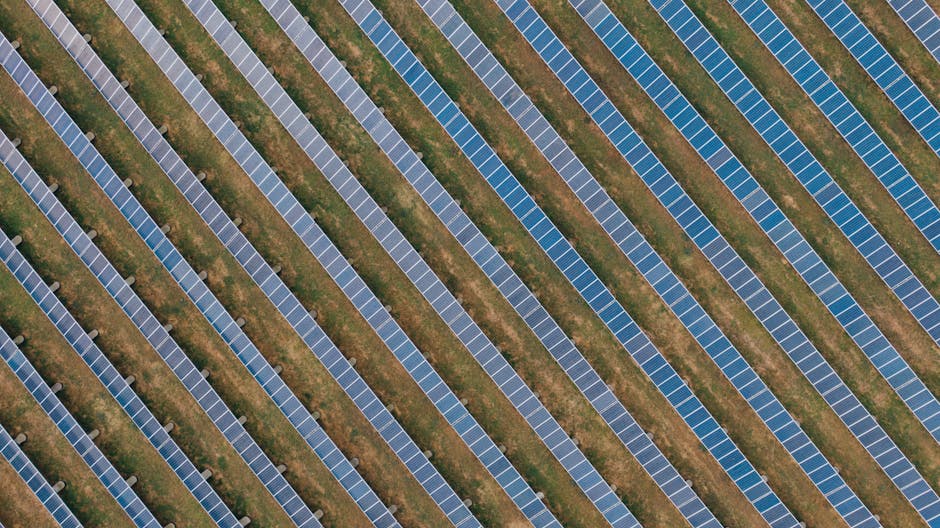450 Watt Monocrystalline Solar Panel
As the world shifts towards renewable energy, solar panels have become a popular choice for homeowners and businesses alike. Among the various types of solar panels available, the 450 watt monocrystalline solar panel stands out for its efficiency and performance. In this article, we will explore everything you need to know about these powerful solar panels, from their benefits to installation tips and maintenance. Let’s dive in!
What is a Monocrystalline Solar Panel?
Monocrystalline solar panels are made from a single crystal structure, which gives them a distinct dark color and rounded edges. They are known for their high efficiency and longevity compared to other types of solar panels, such as polycrystalline and thin-film panels.
Key Features of Monocrystalline Solar Panels
- High Efficiency: Monocrystalline panels typically have an efficiency rating of 15% to 22%, meaning they convert a significant portion of sunlight into electricity.
- Space-Efficient: Due to their high efficiency, they require less space to produce the same amount of energy as other types of panels.
- Longevity: These panels often come with warranties of 25 years or more, indicating their durability and long lifespan.
- Performance in Low Light: Monocrystalline panels perform better in low-light conditions compared to their counterparts.
Why Choose a 450 Watt Monocrystalline Solar Panel?
The 450 watt monocrystalline solar panel is an excellent choice for those looking to maximize their energy output. Here are some compelling reasons to consider this specific wattage:
1. Increased Power Output
With a power output of 450 watts, these panels can generate more electricity than standard panels, making them ideal for larger homes or businesses with higher energy demands.
2. Cost-Effective Energy Solution
While the initial investment may be higher, the long-term savings on energy bills can make these panels a cost-effective solution. The higher efficiency means you’ll need fewer panels to meet your energy needs.
3. Environmentally Friendly
Using solar energy reduces your carbon footprint and reliance on fossil fuels, contributing to a cleaner environment. By choosing a 450 watt monocrystalline solar panel, you’re making a positive impact on the planet.
Installation Process
Installing a solar panel system can seem daunting, but with the right guidance, it can be a straightforward process. Here’s a step-by-step overview of how to install a 450 watt monocrystalline solar panel:
1. Assess Your Energy Needs
Before installation, evaluate your energy consumption to determine how many panels you’ll need. A 450 watt panel can produce around 1,350 kWh annually, depending on sunlight exposure.
2. Choose the Right Location
Find a location with maximum sunlight exposure, ideally facing south. Ensure there are no obstructions like trees or buildings that could cast shadows on the panels.
3. Gather Necessary Tools and Materials
- Solar panels
- Mounting brackets
- Inverter
- Wiring
- Tools (drill, screwdriver, etc.)
4. Install Mounting Brackets
Secure the mounting brackets to your roof or ground structure, ensuring they are level and sturdy. This will support the solar panels.
5. Attach the Solar Panels
Carefully place the solar panels onto the mounting brackets and secure them according to the manufacturer’s instructions.
6. Connect the Inverter
Connect the solar panels to the inverter, which converts the direct current (DC) produced by the panels into alternating current (AC) for use in your home.
7. Wiring and Final Connections
Complete the wiring by connecting the inverter to your electrical panel. Ensure all connections are secure and follow safety guidelines.
8. Test the System
Once everything is connected, test the system to ensure it’s functioning correctly. Monitor the output to confirm it meets your energy needs.
Maintenance Tips for Your Solar Panels
To ensure your 450 watt monocrystalline solar panels operate efficiently, regular maintenance is essential. Here are some tips:
1. Keep Panels Clean
Dust, dirt, and debris can accumulate on the surface of solar panels, reducing their efficiency. Clean them periodically with water and a soft brush or cloth.
2. Inspect for Damage
Regularly check for any signs of damage, such as cracks or loose connections. Address any issues promptly to prevent further damage.
3. Monitor Performance
Keep an eye on the energy output of your solar panels. If you notice a significant drop in performance, it may indicate a problem that needs attention.
4. Professional Inspections
Consider scheduling professional inspections every few years to ensure everything is functioning optimally and to catch any potential issues early.
Cost Considerations
Investing in a 450 watt monocrystalline solar panel system involves several costs. Here’s a breakdown:
1. Initial Investment
The cost of solar panels can vary based on brand, efficiency, and installation fees. On average, a 450 watt panel can range from $200 to $400, excluding installation costs.
2. Installation Costs
Professional installation can add to the overall cost, typically ranging from $1,000 to $3,000 depending on the complexity of the installation and local labor rates.
3. Incentives and Rebates
Many governments offer incentives and rebates for solar panel installations, which can significantly reduce your upfront costs. Research local programs to take advantage of these savings.
Conclusion
Investing in a 450 watt monocrystalline solar panel is a smart choice for those looking to harness solar energy efficiently. With their high power output, durability, and environmental benefits, these panels can provide significant savings on energy bills while contributing to a sustainable future. By understanding the installation process, maintenance needs, and cost considerations, you can make an informed decision about incorporating solar energy into your life.
FAQs
1. How long do monocrystalline solar panels last?
Mon




